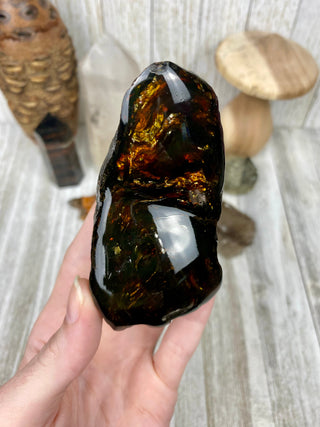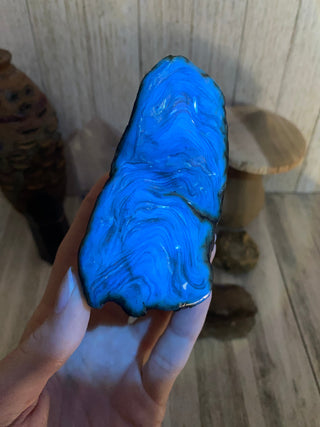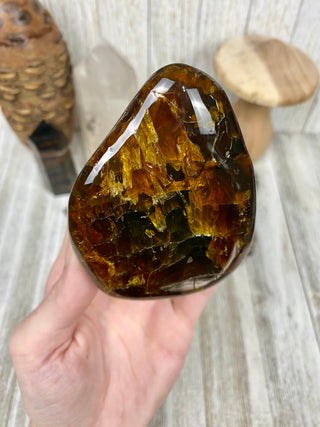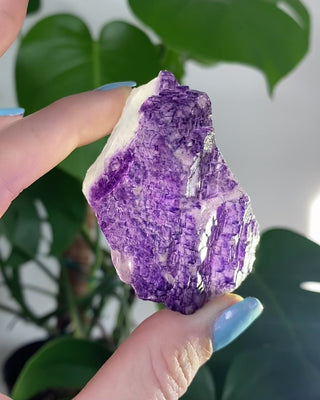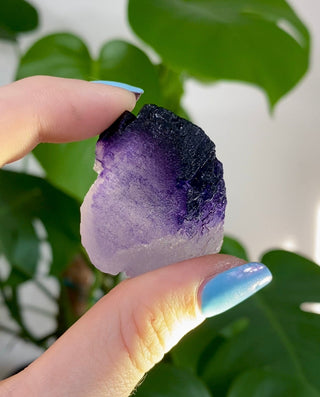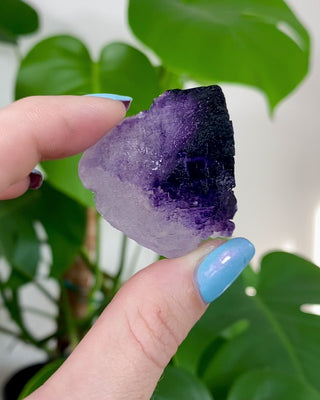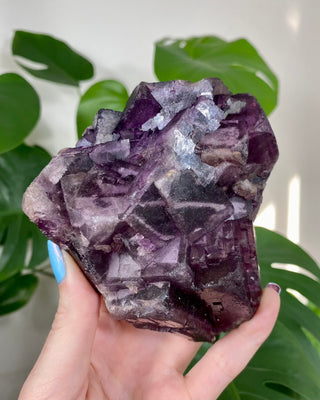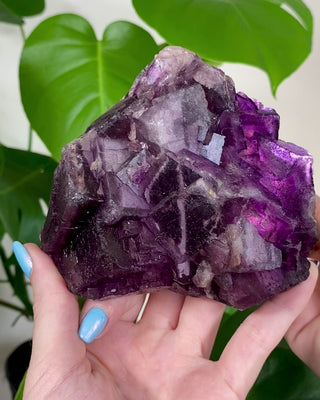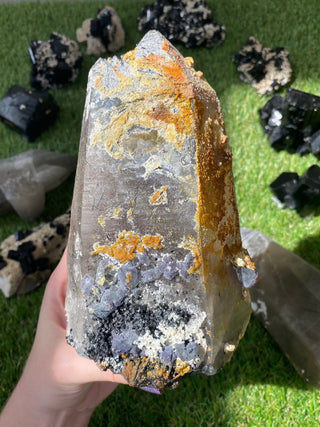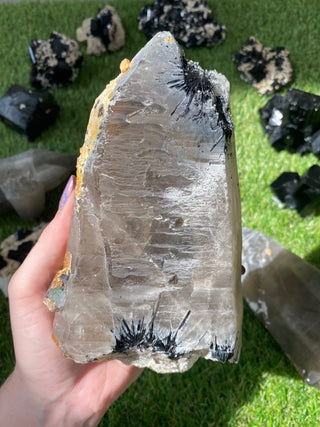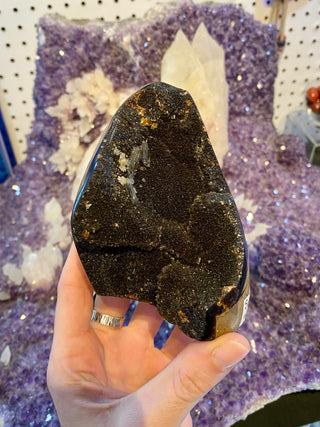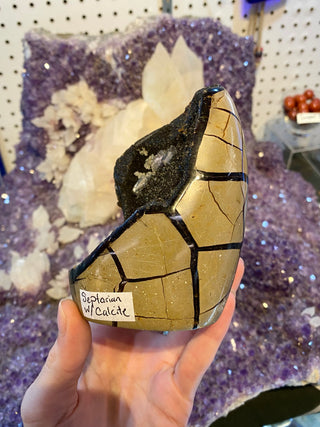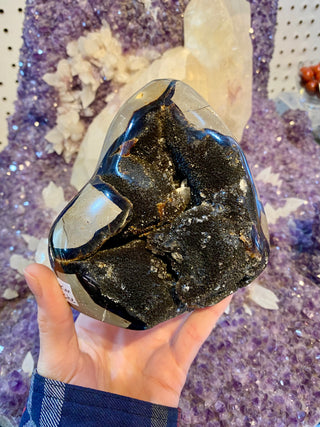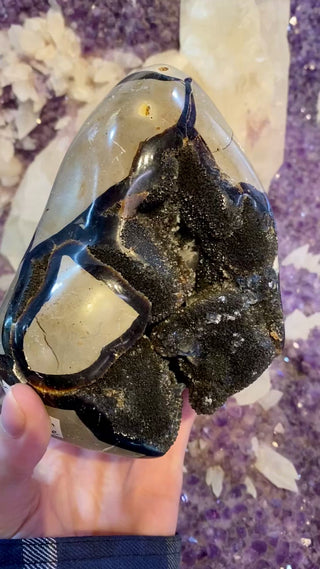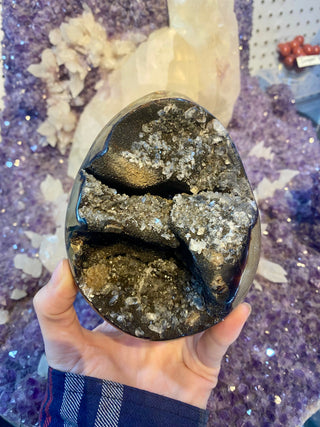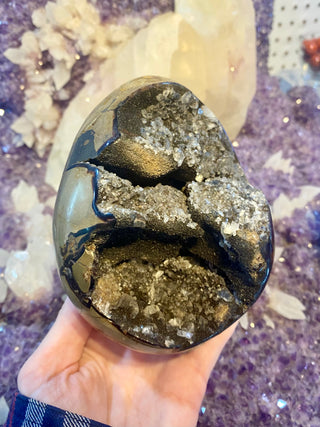UV Fluorescent Minerals
The fascinating world of fluorescent minerals provides a unique intersection between geology and optical physics, showcasing the intriguing capabilities of certain minerals to transform invisible ultraviolet (UV) light into a spectacular visual display. This phenomenon, fluorescence, is not merely a superficial trait but is deeply rooted in the atomic structure and chemical composition of the minerals. When UV light, which is invisible to the human eye due to its short wavelength, shines on these minerals, it triggers a process that is both complex and captivating.
At the heart of fluorescence lies the mineral's atomic structure, where electrons play the leading role. Under normal conditions, electrons orbit the atomic nucleus at specific energy levels. However, when UV light is absorbed by the mineral, these electrons gain energy and jump to higher energy states. This excited state is not stable, and the electrons soon return to their original energy levels. The transition back to a lower energy state releases energy in the form of visible light, which is the glow we observe.
The specific colors emitted during this process are determined by the mineral's composition and the presence of activators or impurities within its structure. Activators are often cations of metals, such as manganese, lead, or uranium, which are capable of influencing the color of the emitted light. For example, the presence of manganese in calcite can result in an orange or pink fluorescence, while uranium can give it a green glow. Some minerals are self-activators, which means they contain intrinsic properties that allow them to absorb UV light and re-emit visible light without the need for external activators.
Quartz with Fluorite, Tourmaline and Hyalite Opal from Madagascar | High Grade Collector Mineral
$250.00
- Unit price
- /per
You’re viewing 1-10 of 10 products
